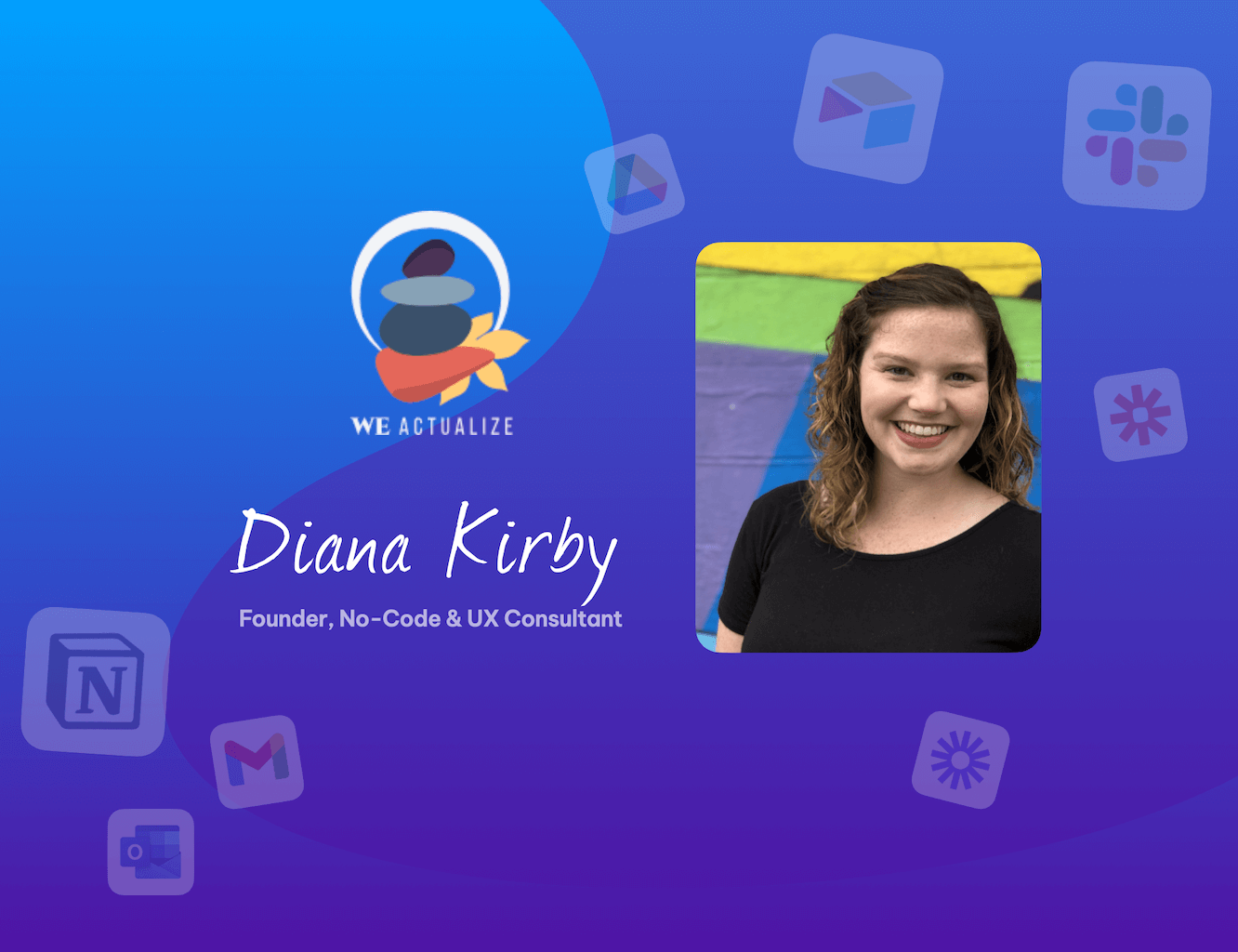How software developer Lucas Traba turned tabs into agile app workflows.
Lucas Traba, software developer and confessed productivity freak, was desperate to find a better way of working online. In his own words, Lucas describes how he found Wavebox and replaced disorganized tabs and a cluttered desktop with an all-in-one solution.

Lucas Traba, software developer and self-confessed productivity freak, was desperate to find a better way of working online. In his own words, Lucas describes how he found Wavebox and replaced disorganized tabs and a cluttered desktop with an all-in-one solution.
"I must admit, I'm a productivity freak. And sometimes, to a fault.
I'm constantly searching for tools that will make my life and my work easier, but I complicate myself in the process. And believe me when I say, I have tried it all. At some point my desktop was the nightmare of many clutter-free-obsessed users, filled with icons of productivity software. Some, I used, some I didn't, but they were all there, covering my beautiful desktop wallpaper.
I'm a software developer from Argentina, currently living in Spain, and I work for a big multinational company, whose client is another big multinational company. What does that mean? Well, it means two different emails, two different company hubs, and the whole suite of websites you have to keep track of as a software developer: Jira, Bitbucket, Confluence, Bamboo, Teams, Slack, design websites with the templates I had to reproduce with pixel-perfect accuracy, a bunch of Excel spreadsheets, and Word documents with guidelines that I constantly had to check for reference, the trusted tab no developer can live without, housing Google, and maybe another one for Stack Overflow, and, of course, the website we work on running locally.
That's a lot of tabs!
Add to that the open IDE with several processes running in the terminal to keep the website running, all those apps in the cluttered desktop I mentioned before running in the background, and you have a whole lot of RAM being used. An insane amount. We are talking about reaching the limit on a regular basis with a 16GB setup. Ouch! That's when I realized that something had to be done.
I first heard about "enhanced" browsers about a year and a half ago, and I saw that they were not as mainstream as one would expect, given the claims each product made. I was skeptic, and, to be honest, and as is probably the case with many of you reading this, I did not like the prospect of having to pay for a browser. I mean, free browsers have extensions, right? Surely there's something that can replicate what these super-browsers were doing! And so I added a few extensions to my already hefty extensions list, much to the dismay of my poor RAM.
But that did not solve my problems.
So I reluctantly decided to try out a few of these products to test them out.I read all the reviews, and I tried many of them (hell, probably all of them), but there was a recurring issue —none of them offered all the features I needed. All the products were lacking. The particular problem, in my case, was that most of the company tools I use, being a multinational company, were in company domains. So the Bitbucket app, or the Jira app were not compatible with the products I tried, and that was a deal-breaker. I just wanted to have everything in one place.That's when I found Wavebox.
Having experienced so much disappointment in a field with much potential, I installed it, and prepared to see yet another product fail to meet my needs, but boy was I wrong.
Wavebox allowed me to add ANY website. That meant all my job tabs were there. It smartly put things to sleep, and switched extensions on and off depending on my Cookie Container (a life-saver for a web developer). I organized all my productivity apps, my job suit of tabs, and my personal accounts, set up what should sleep and what should be awake, closed all the desktop apps I had open (and some I even uninstalled, much to the relief of my desktop), and BAM! Everything was contained in a little-yet-very-convenient box, that I could lock, or close, or keep open at any time without my computer's fans deafening me while I worked.
And when tabs were introduced later, I thought to myself, why keep other browsers open for development if I can just open a new window that runs on Chromium, out of a template I set as an app in the main Wavebox window, and just save as bookmarks different URLs of the local copy of the website I work on, and get rid of them once I have no need for them? And thus, I got rid of the rest of the memory hogs I kept open on a regular basis, bookmarks, duplicated extensions, and browsers.
Another thing I noticed about Wavebox was the support. Man, if every app had the support Wavebox has, the world would be a better (and much less buggy) place.
So that is how I fell in love with Wavebox. I went from a million apps running in the background, a couple of browsers with a trillion tabs, a billion bookmarks, and a million extensions, to just one single VERY smart hub for everything. It was quite a journey to get here, but now there's just no going back. And looking at how much Wavebox improved this past year, I just cannot wait to see what they do next with this wonderful product! Oh, and, by the way, this was written in a note-taking app that usually sleeps in my Productivity Wavebox group 😜"
Try Wavebox Pro fee for 7 days >
Photo by Markus Spiske on Unsplash



